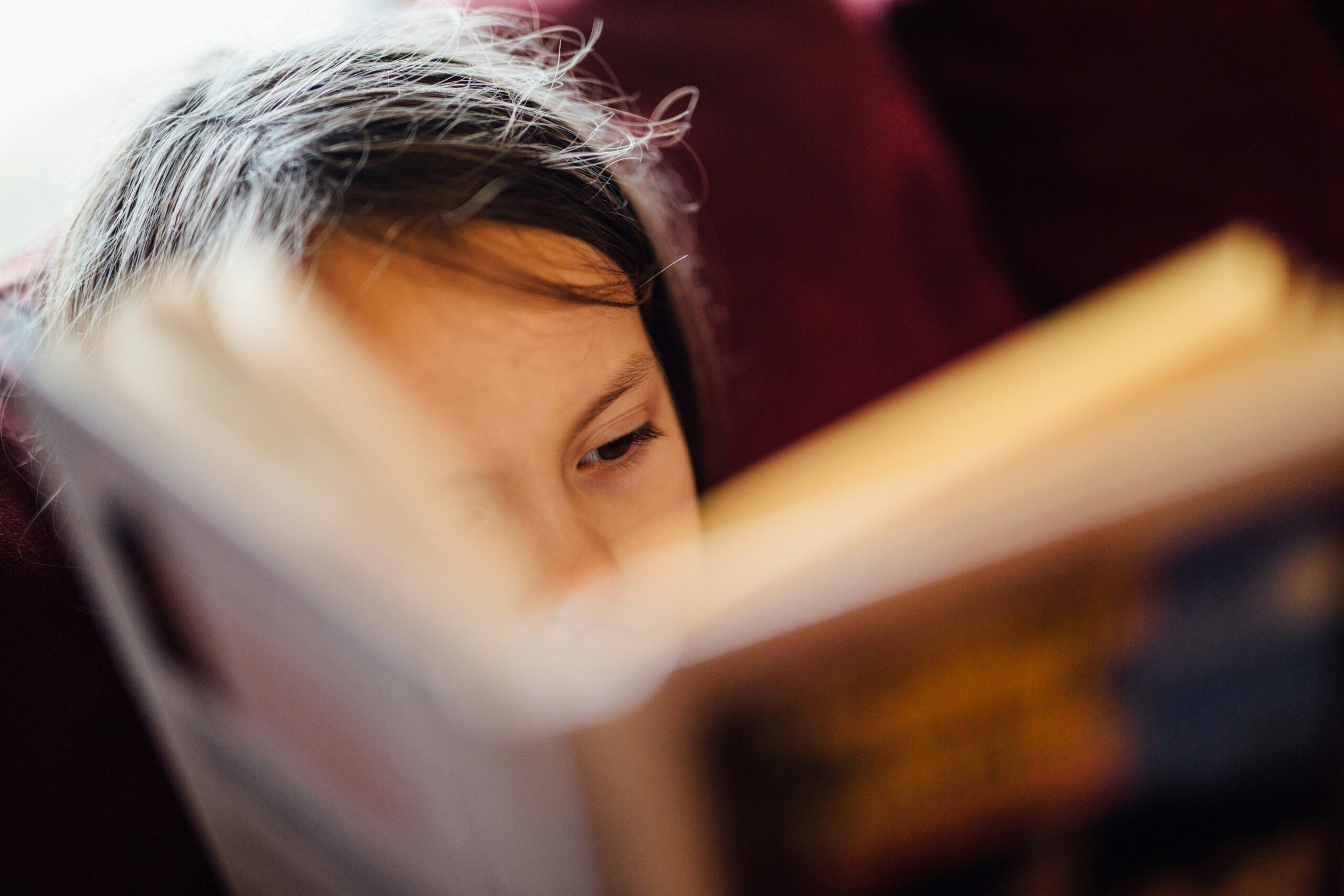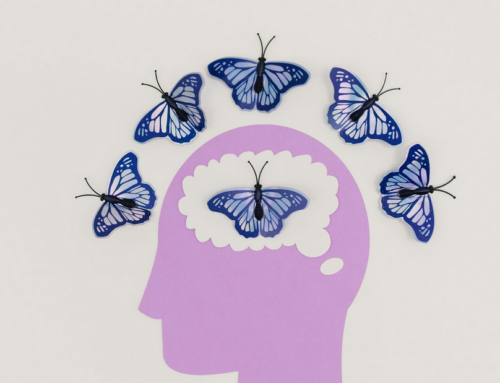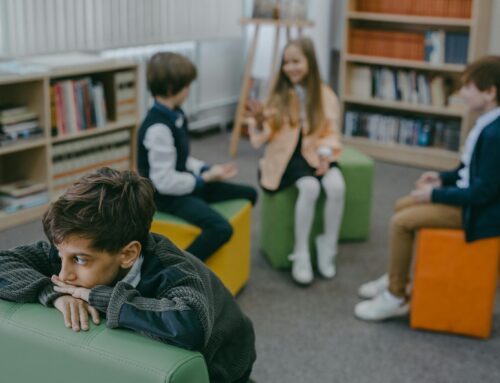Kidlit books are an incredible way for parents to connect with their children and introduce them to the differences and challenges we all face in life. Literature is one of the best ways to enhance your child’s understanding of others, improve their communication skills, and expand their vocabulary. Why not achieve these things while also encouraging empathy along the way? In this article, we will explore the literature to read with your child to promote neurodivergent representation.
Benefits of Reading About Mental Health With Your Child
There are an abundance of reasons why reading to your child about mental health is such a benefit for their overall development. Mental health is something that we all have to maintain, and it is just as important as physical health. Just as it is important for your child to understand when they are feeling sick or tired, it is equally as crucial for them to understand why they might be feeling sad, mad, or upset. Reading about mental health with your child can help them unpack these feelings and overcome them.
So let’s dive into a few of our most recommended books for parents who want to incorporate neurodivergent representation into their child’s reading routine.
#1 – Don’t Hug Doug: He Doesn’t Like It
Don’t Hug Doug: He Doesn’t Like It is a story about consent and setting boundaries not only with strangers but also with family and friends. Doug is able to communicate to others that while he does not enjoy hugs, he shows affection and appreciation in a variety of other ways. From high fives to fist bumps, Doug is able to express his feelings without having to engage in physical contact that makes him uncomfortable.
#2 – I Talk Like a River
In the book I Talk Like a River, your child will be introduced to a little boy who struggles with his speech. For children learning to overcome speech impediments such as lists and stutters, this can be a great story of resiliency and self-confidence. The boy in the story learns to share his feelings with a parent as his father reassures him that some speech days are simply better than others.
#3 – Talking Is Not My Thing
Talking Is Not My Thing is a story about a young girl navigating life with autism. Although the girl in the story is non-verbal, this does not mean that she does not have a lot to say! This book is narrated through thought bubbles, to get a better understanding of what the little girl is feeling on the inside, even if she might not be able to express it verbally.
#4 – The Boy With Big, Big Feelings
In the story, The Boy With Big, Big Feelings, social-emotional learning takes center stage. This story tells the tale of a little boy with big emotions and feelings and how he chooses to handle them. He learns to view his emotions as precious gifts instead of a hurdle and practices unique ways of expressing how he feels.
If you are looking to add neurodivergent representation into your child’s reading routine, these books are an excellent place to start. If your child is struggling with any type of mental health challenge, contact NeuroBehavioral Associates today for support.






